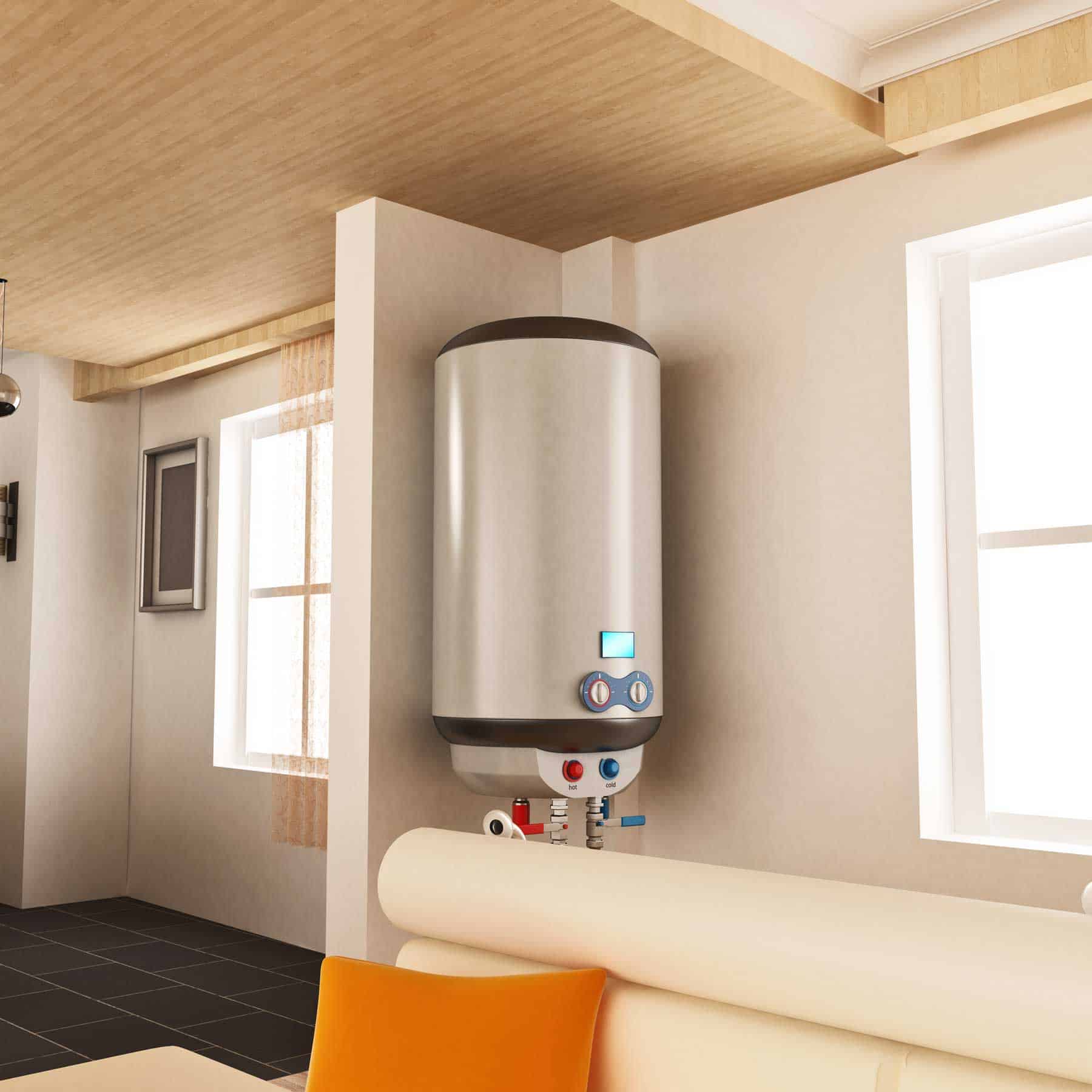Steps on How to Care for Your Home's Hot Water System EffectivelyWays to Extend the Life of Your Home's Hot Water System By Maintenance
Steps on How to Care for Your Home's Hot Water System EffectivelyWays to Extend the Life of Your Home's Hot Water System By Maintenance
Blog Article
They are making a few good observations about How to Maintain Your Water Heater & Prolong its Life in general in the article below.

Hot water is necessary for everyday comfort, whether it's for a rejuvenating shower or washing recipes. To ensure your warm water system runs effectively and lasts much longer, regular upkeep is essential. This write-up provides functional pointers and insights on exactly how to maintain your home's warm water system to avoid interruptions and pricey repair work.
Intro
Maintaining your home's warm water system might appear daunting, however with a couple of easy steps, you can guarantee it operates efficiently for years to find. This overview covers everything from understanding your hot water system to do it yourself upkeep suggestions and recognizing when to hire expert aid.
Significance of Keeping Your Hot Water System
Routine upkeep not only extends the life expectancy of your warm water system yet also ensures it operates effectively. Ignoring upkeep can bring about lowered efficiency, higher energy costs, and also early failing of the system.
Signs Your Hot Water System Needs Maintenance
Knowing when your hot water system needs interest can avoid significant problems. Watch out for indications such as inconsistent water temperature, weird sounds from the heating unit, or rustic water.
Recognizing Your Warm Water System
Before diving into maintenance jobs, it's practical to recognize the basic components of your warm water system. Generally, this includes the water heater itself, pipelines, anode poles, and temperature level controls.
Regular Monthly Upkeep Tasks
Routine month-to-month checks can aid capture minor problems before they intensify.
Purging the Hot Water Heater
Flushing your water heater removes sediment build-up, boosting efficiency and lengthening its life.
Monitoring and Changing Anode Rods
Anode rods avoid corrosion inside the container. Evaluating and changing them when worn is essential.
Inspecting and Readjusting Temperature Settings
Adjusting the temperature level setups guarantees optimal efficiency and security.
DIY Tips for Maintenance
You can execute a number of maintenance jobs on your own to keep your hot water system in leading condition.
Checking for Leakages
On a regular basis examine pipes and links for leaks, as these can lead to water damages and higher costs.
Checking Stress Alleviation Valves
Testing the stress relief valve guarantees it works correctly and protects against extreme stress accumulation.
Insulating Pipelines
Protecting warm water pipelines reduces warmth loss and can save power.
When to Call an Expert
While DIY upkeep is advantageous, some problems require specialist knowledge.
Facility Issues Calling For Expert Aid
Examples consist of major leakages, electrical troubles, or if your water heater is continually underperforming.
Routine Specialist Maintenance Conveniences
Professional upkeep can consist of extensive examinations, tune-ups, and guaranteeing conformity with safety standards.
Verdict
Regular upkeep of your home's warm water system is vital for performance, longevity, and expense savings. By complying with these pointers and knowing when to look for specialist help, you can make sure a trusted supply of hot water without unforeseen disturbances.
How to Maintain an Instant Hot Water Heater
Before tinkering with your hot water heater, make sure that it’s not powered on. You also have to turn off the main circuit breaker and shut off the main gas line to prevent accidents. Also turn off the water valves connected to your unit to prevent water from flowing into and out of the appliance. 2. When you’re done, you have to detach the purge valves’ caps. These look like the letter “T” and are situated on either side of the water valves. Doing so will release any pressure that has accumulated inside the valves while at the same time avoid hot water from shooting out and burning your skin. 3. When the purge valves’ caps are removed, you have to connect your hosing lines to the valves. Your unit should have come with three hoses but if it didn’t, you can purchase these things from any hardware or home repair shops. You can also get them from retail stores that sell water heating systems. Read the user’s manual and follow it to complete this task properly. When the hosing lines are connected, open the purge port’s valves. 4. You should never use harsh chemical cleaners or solutions when cleaning your unit. Make use of white vinegar instead. It should be undiluted and you’ll probably use about 2 gallons. 5. Now flush your water heater. This task should probably take about 40 minutes. We can’t give you specific directions for this because the procedure is carried out depending on the type, model and brand of your heater. With that being said, refer to the user’s manual. 6. When you’re done draining the unit, you have to turn off the purge port valves again. Remove the hosing lines that you earlier installed on each of the water valves. Put the valve caps (purge port) back in their respective places and be very careful so as not to damage the rubber discs that are found inside these caps. 7. Now that everything’s back in place, check your user’s manual again to find out how to reactivate your water heating system. 8. Once it is working, turn one of your hot water faucets on just to let air pass through the heater’s water supply pipes. Leave the tap on until water flows smoothly out of it. https://www.orrplumbing.com/blog/2014/september/how-to-maintain-an-instant-hot-water-heater/

I hope you enjoyed reading our section about How to Maintain Your Water Heater & Prolong its Life. Thanks a lot for taking the time to read our blog post. If you please pause to promote this content if you appreciated it. Thank-you for taking the time to read it.
Visit Homepage Report this page